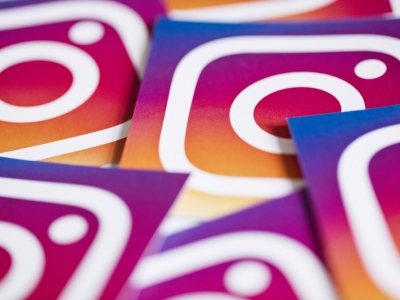
The Stats
Thanks to an infograph released earlier this year from onlineschools.org we know that there are half a billion active Facebook users, with around half logged in every day. 71% of the U.S. web audience are Facebook users and over New Year’s weekend an unprecedented 750 million photographs were uploaded to Facebook accounts. Some heady numbers, but the question remains how Myspace, which had the jump on the social networking market, lost out to Facebook.
Custom Template versus the Set Template
Any market researcher will tell you that customisation can be an important part of the consumer experience. In the case of Myspace, users could take customisation to the next level, able to kit out their page with choice of background, text size and font, colour, pictures, embedded video and music. It seemed to offer the perfect space for users to brand themselves on the Internet.
Facebook went in the opposite direction, at least in its early years. Facebook offered a set template, with minimum opportunity for change. It focused on a single design that highlighted the Facebook brand. Though Myspace tried to cultivate a sense of individualism, it came at a cost to its own brand, which became lost in a sea of customisation.
Facebook, on the other hand, developed itself as a social network with an approachable, user friendly and consistent design, offering a homogenised approach similar to the Apple business model.
Demographics
Dovetailing into the template design is the appeal of the design to certain demographics. Myspace tended towards a younger market, and while younger markets often buy quickly into a brand that meets their needs, they also grow up. The first generation of Myspace users got older and ‘graduated’ to Facebook, which presented itself as a more mature social networking site both in usability and features.
This is where Facebook’s early homogenous design played an important part in the overall process of winning subscribers from a wide demographic base. The lack of individualisation meant a focus on the brand. New users and even prospective users could easily identify the Facebook brand, there is a sense of continuity and control that equates to stability within the Facebook design. It appealed to a wider segment of internet users, and made Myspace seem chaotic in comparison.
Social Networking Mitosis
Mitosis in the process by which cells duplicate. Two become four, four becomes eight, and so on. We can view mitosis as a metaphor for the spread of Facebook, a process that was easy to replicate for each registration.
Consider a quick scan of a dozen Myspace pages against a dozen Facebook profiles. It seems vastly easier to create a Facebook page and fit into that community then it does to design a Myspace layout. Unless one wants to keep the rather dull standard template there are simply a lot of choices that need to be made and remade. In some ways, it seems like a lot of work.
Additionally, one person’s fashion is another’s faux pa. For every Myspace page that appeals there is another that seems garish, or difficult to comprehend. Myspace’s choice to let every user take page customisation to great lengths played a large part in its inability to remain competitive. Consider if Coca-Cola let its customers brand their cans, it would diminish its universal appeal considerably.
About the Author: Matt Fuller is a contributing author pertaining to topics relating to Internet search technologies, dating sites social networking, free online dating, social media and social chat rooms.










Comments